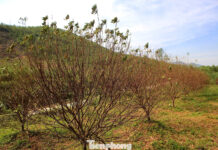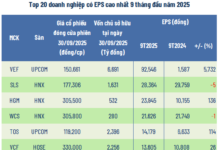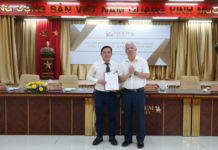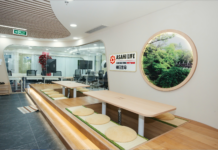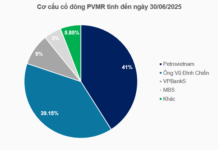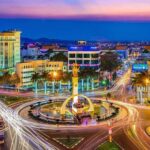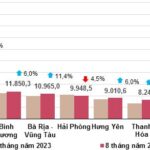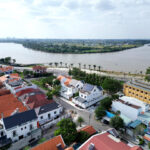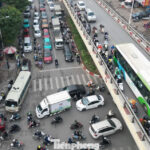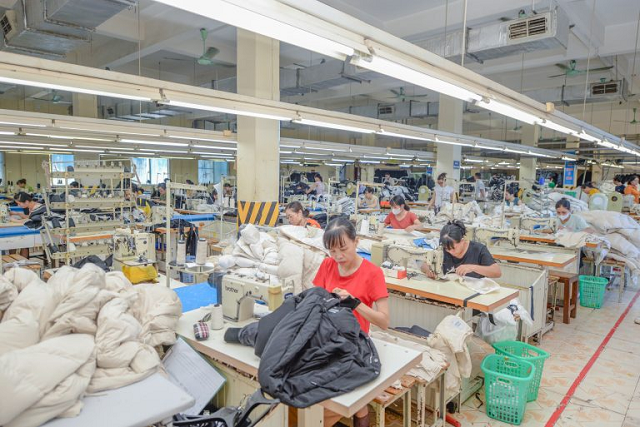The Vice Chairman of the People’s Committee of Quang Tri province, Mr. Hoang Nam, recently chaired a meeting with the Department of Planning and Investment to discuss the draft proposal for the development of the province’s night-time economy until 2025, and the subsequent phases of 2026-2030.
During the meeting, the leaders of the Department provided an update on the proposal, highlighting that they had carefully considered the feedback received from various agencies, units, and localities during the November 8, 2023, meeting. They also incorporated suggestions for priority investment projects and funding sources from local authorities into the draft.
The specific objectives of the proposal include achieving a service sector growth rate of approximately 7-7.5% per year by 2025, attracting 2,944 thousand tourists with an estimated 22% engaging in the night-time economy. The province aims to provide 6,500 rooms for tourist accommodation and achieve an average increase of 11.7% in total retail sales and consumption service revenue.
Quang Tri province plans to focus its investments and efforts on maintaining the regular and efficient operation of 2-3 walking street models in localities with potential and advantages. Priority will be given to localities that have already organized night-time economic activities, such as Dong Ha city, Quang Tri town, and Huong Hoa district.

For the phase between 2026 and 2030, the province targets a service sector growth rate of approximately 8-8.5% per year, with total retail sales and consumption service revenue increasing by an average of 14.3%. By 2030, they aim to attract 4,074 thousand tourists, with approximately 35% participating in the night-time economy.
The province aims to provide 9,400 rooms for tourist accommodation during this period. They will maintain the existing night street models and strive for each locality to implement approximately 1-2 walking street and night market models. Additionally, they plan to form at least 3-4 separate dynamic entertainment and recreation complexes for night-time activities.
The total expected cost for implementing the proposal is estimated at VND 14,700 billion, with VND 160 billion coming from the state budget and nearly VND 14,600 billion from socialization sources.
The draft proposes nine groups of solutions for successful implementation, including raising awareness about the night-time economy, ensuring state management, developing planning schemes, establishing investment encouragement mechanisms, improving infrastructure and mobilizing investment capital, promoting and communicating about the night-time economy, developing a skilled workforce, ensuring environmental and food safety, and maintaining security and national defense.
At the meeting, representatives from the departments, sectors, and localities expressed their agreement with the supplemented and amended content of the draft proposal. They also discussed and suggested some related content, including the need to consider adjusting the title of the proposal to clearly define the target and develop appropriate solutions. They also proposed investing in a comprehensive manner in accompanying services suitable for each phase.
Vice Chairman Hoang Nam requested the Department of Planning and Investment to carefully consider the feedback and complete the proposal. He emphasized that the proposal should be practical and effective when implemented and that the suggested content should be studied thoroughly to avoid a widespread and rushed approach. For the initial phase of the project, which runs until 2025, he suggested organizing trips to learn from successful models within and outside the country to identify the most suitable approach for the province. The Vice Chairman also instructed the relevant departments to contribute their expertise in areas such as mechanisms, policies, tax solutions, and security to ensure a comprehensive proposal.
The Pig Farm: Unveiling Thagrico Binh Dinh’s $80 Million Venture with an Expanded Footprint and Extended Timeline
The People’s Committee of Binh Dinh province has recently approved a high-tech pig breeding farm investment project in Dai Khoan village, Cat Lam commune, Phu Cat district.
“Capital Investment from State Budget Reaches Almost Half of Annual Plan by August 2024”
As per the statistics revealed by the General Statistics Office, there has been a significant push by the Government, the Prime Minister, ministries, sectors, and localities to accelerate investment from the State budget sources. In the first eight months of 2024, the realized investment capital from the State budget is estimated at 47.8% of the yearly plan, marking a 2.0% increase compared to the same period last year.



